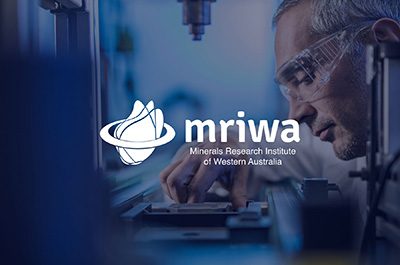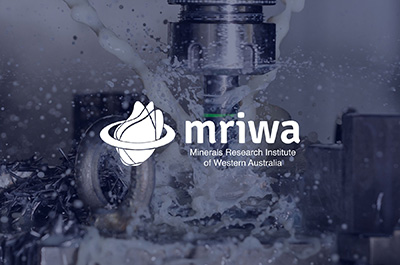Reducing the corrosion wear of steel grinding media
Project Overview
Project Number
Program Area
Project Theme
Summary
The report concerns the first two phases of a project originally conceived in four phases; at the conclusion of the second phase it was decided not to pursue phases three and four.
Phase 1, Continuous laboratory scale milling tests to determine the reduction in corrosion wear by the addition of sodium nitrite inhibitor, was carried out using 610 kg of high carbon steel balls, 25, 40 and 52 mm in diameter to grind 50 kg/h of quartzite, at a mill density of 50% w/w. Overall weight losses were around 5 kg/trial, or just under 1% of the total ball charge, and a preliminary data assessment indicated that adding sodium nitrite inhibitor reduces the loss of grinding media by 12 – 15%.
In Phase 2, Comparative assessment of commercially available corrosion inhibitors in terms of potential cost effectiveness, a range of commercially available corrosion inhibitors were evaluated in terms of effectiveness and cost. The approaches followed included a comparative assessment of corrosion rates using weight loss measurements of steel coupons and also steel balls immersed in synthetic and mine waters containing the inhibitor, and in some cases in the presence of sulphide ore. It was shown that a greater number of inhibitors worked well in lower salinity process waters than in saline. The presence of sulphide ore lowered the effect of the inhibitors and of sodium nitrite in particular. It was found that sodium chromate and zinc sulphate/sodium compound mixtures were very good inhibitors. Project coordinated by the Australian Mineral Industries Research Association (AMIRA) Project P457.
Keywords: corrosion, steel balls, sodium nitrite, ore milling
Similar Projects
Page was last reviewed 30 May 2022


